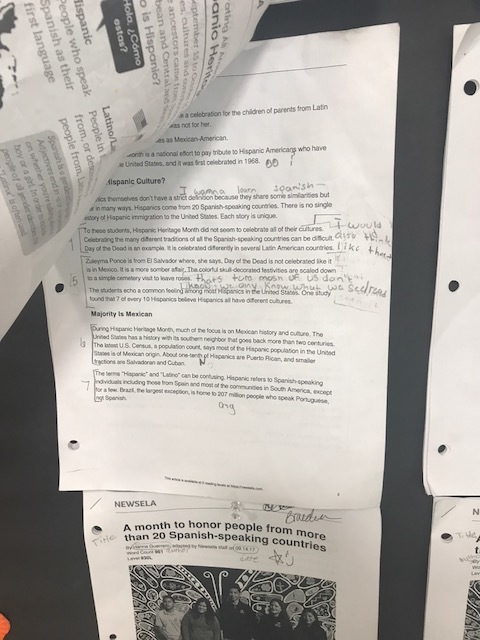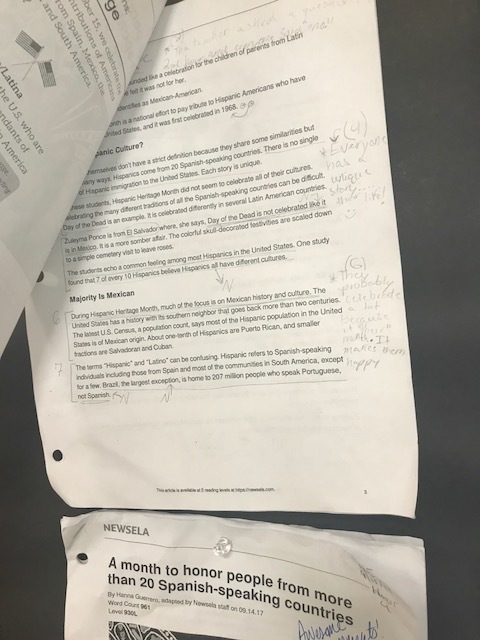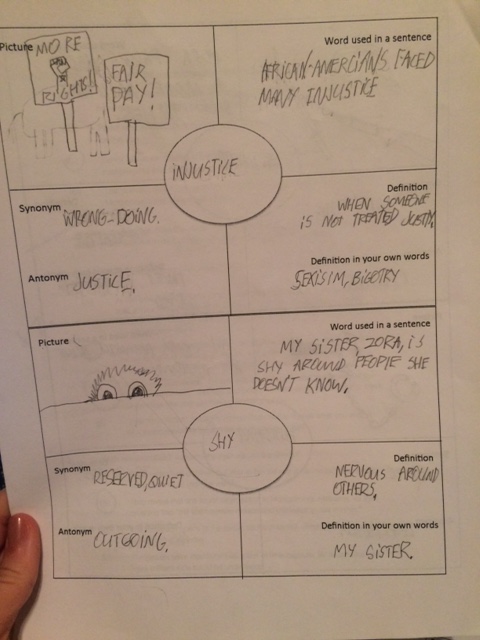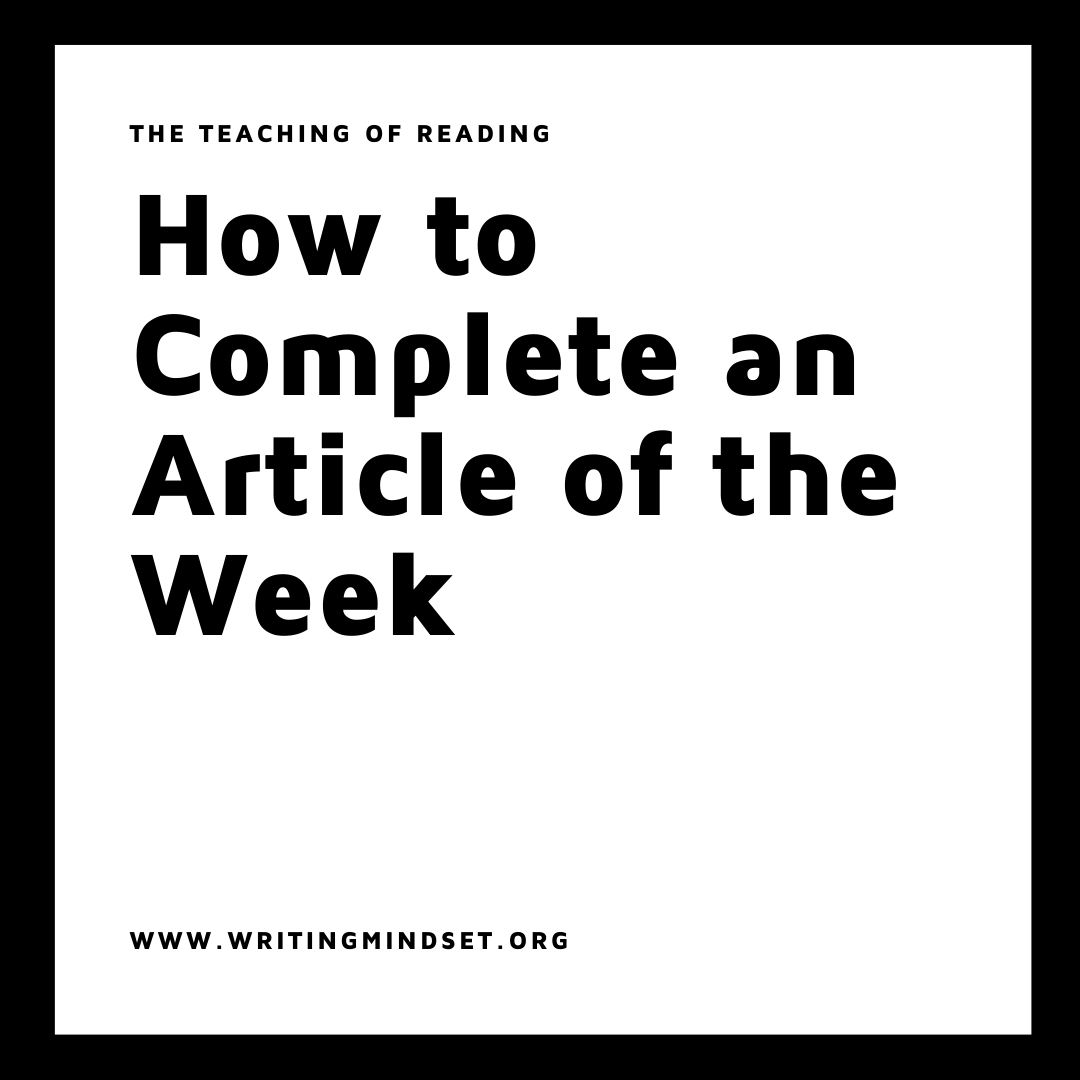How to Complete an Article of the Week!
My #1 Choice for Giving Homework
Implementation
I wanted to review one of Kelly Gallagher's strategies called Article of the Week that has changed the game of teaching for me. I have tried every method of homework under the sun in the past 9 years. I have tried homework menus, homework assigned on certain days, daily five homework, grammar homework, reading homework, writing homework...and the list goes on. The main method of homework that works for my students and that remains genuine is Gallagher's Article of the Week. The Article of the Week or AOW incorporates the addition of useful non-fiction resources into the classroom, and also provides students with a method of increasing their reading performance and knowledge base. Students are taught skills and purpose with annotation. I like to assign a new focus for each trimester while doing an AOW.
Marking Period 1: Vocabulary Emphasis
Marking Period 2: Vocabulary Emphasis
Marking Period 3: Non-Fiction Summary Emphasis
Marking Period 4: Non-Fiction Summary Emphasis
Marking Period 5: Paragraph Writing/Discussion Dialogue
Marking Period 6: Paragraph Writing/Discussion and Dialogue
Each week students receive an article and they are given some tasks:
Read the title, author, and date.
Evaluate the source.
Number the paragraphs.
Annotate! Use symbols and comments.
Underline important areas of comprehension. Circle words you do not understand.
Reread or participate in second draft reading. This is a Kelly Gallagher phrase from Deeper Reading, also Kylene Beers and Bob Probst use this term quite often in their texts.
Complete a corresponding activity that may be linked to a focus from above.
I will often handwrite the steps on the top of the articles so students can make their own checklists at the beginning of the year.
Writing Into the Day
On Tuesdays, students will submit their articles. Sometimes we know what homework percentage turn-in rate isn’t as high as it should be. We need to make homework more interesting. Homework has to be interesting and independent. I plan on showing related video clips on Tuesday, and then I want to have students do a quick write to respond to a related topic. We are going to share out our ideas and opinions on article-related topics.
Exemplars
Let's check out some awesome exemplars from both Advanced English and General English!
img_4160
img_4161
img_4162
img_4163
Grading
I like to grade these based on a rubric for each week after the first six weeks. Before this, I am checking to make sure they understand how and why to annotate the text. Check out some rubric examples:
AOW Rubric Non-Fiction Summary
I started to implement this strategy last year, and I feel like the biggest take-a-ways are: 1. Skills with annotation and 2. Knowledge of current events/critical thinking about the world. Students are more likely to have opinions about current events. As educators, it is our duty to help students have a voice when speaking about the world around us. I have also changed my due dates from Monday due Friday to Tuesday due Tuesday. This allows for more grading time during the week for me, and also it now includes a weekend for students to be able to complete work assigned in case they have weekly activities.
Resources
I like to grab articles from NEWSELA because they lexile the articles and update them each week. Kids stay current on the events in the news and the world. I am also in the process of looking at TweenTribune that seems to offer a similar concept that NEWSELA does, but just different formatting. Another resource I will be using this year are the MEL databases.











